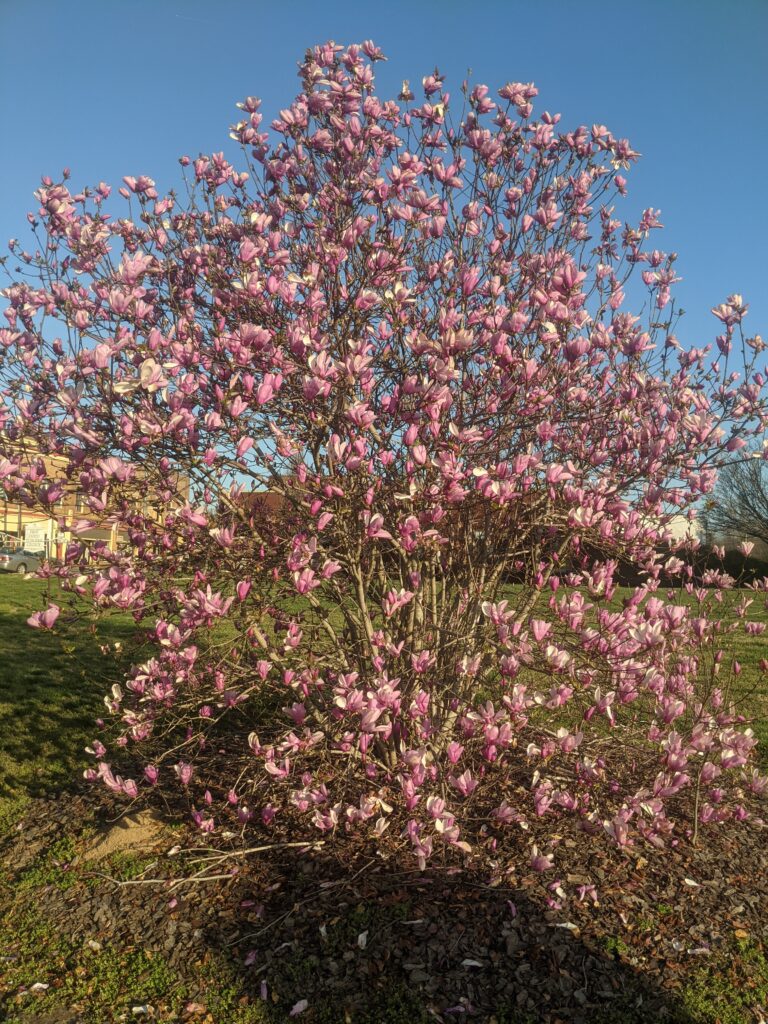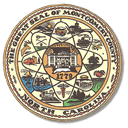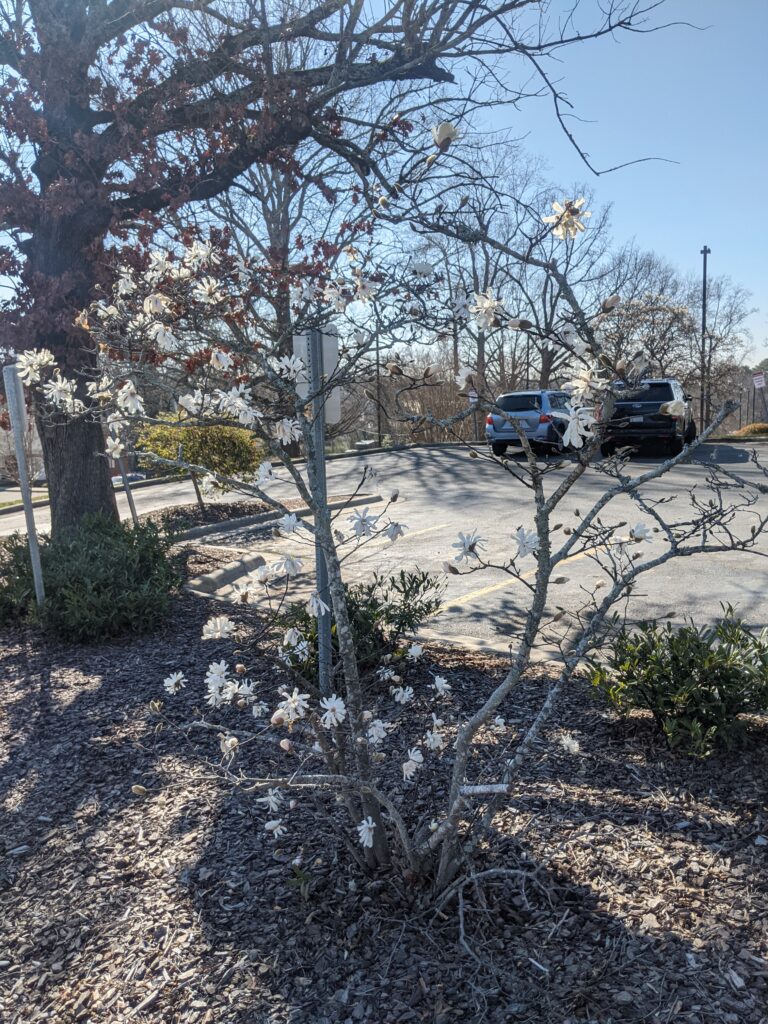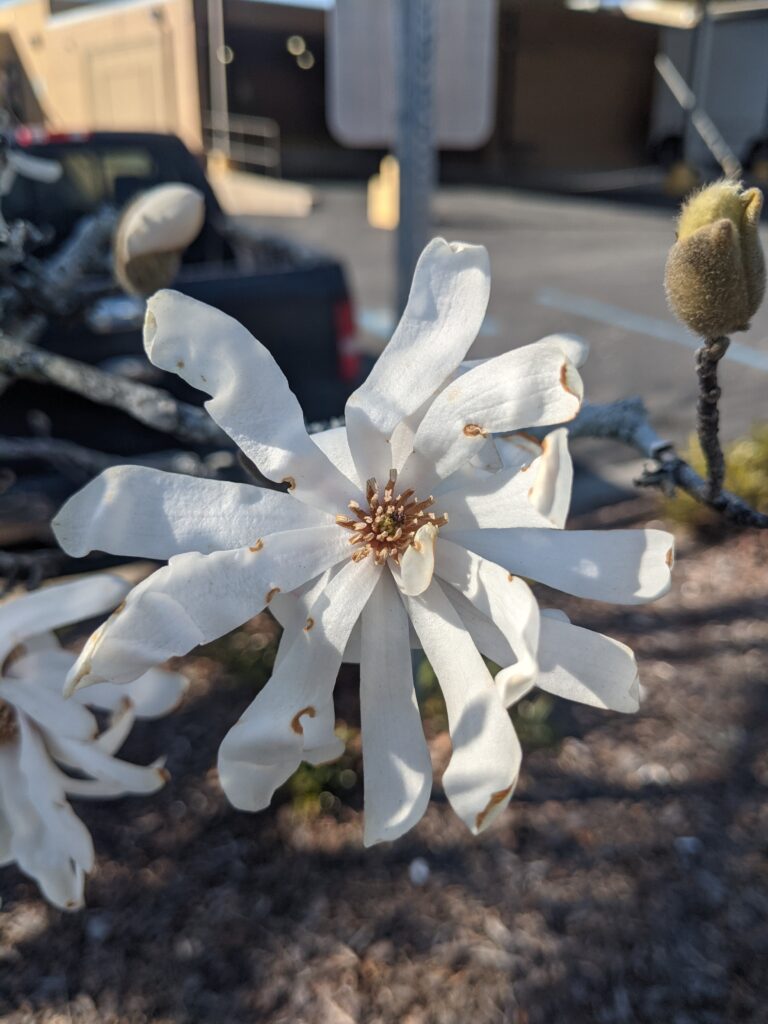Flora Fridays – March 22, 2024
go.ncsu.edu/readext?994544
en Español / em Português
El inglés es el idioma de control de esta página. En la medida en que haya algún conflicto entre la traducción al inglés y la traducción, el inglés prevalece.
Al hacer clic en el enlace de traducción se activa un servicio de traducción gratuito para convertir la página al español. Al igual que con cualquier traducción por Internet, la conversión no es sensible al contexto y puede que no traduzca el texto en su significado original. NC State Extension no garantiza la exactitud del texto traducido. Por favor, tenga en cuenta que algunas aplicaciones y/o servicios pueden no funcionar como se espera cuando se traducen.
Português
Inglês é o idioma de controle desta página. Na medida que haja algum conflito entre o texto original em Inglês e a tradução, o Inglês prevalece.
Ao clicar no link de tradução, um serviço gratuito de tradução será ativado para converter a página para o Português. Como em qualquer tradução pela internet, a conversão não é sensivel ao contexto e pode não ocorrer a tradução para o significado orginal. O serviço de Extensão da Carolina do Norte (NC State Extension) não garante a exatidão do texto traduzido. Por favor, observe que algumas funções ou serviços podem não funcionar como esperado após a tradução.
English
English is the controlling language of this page. To the extent there is any conflict between the English text and the translation, English controls.
Clicking on the translation link activates a free translation service to convert the page to Spanish. As with any Internet translation, the conversion is not context-sensitive and may not translate the text to its original meaning. NC State Extension does not guarantee the accuracy of the translated text. Please note that some applications and/or services may not function as expected when translated.
Collapse ▲Early Blooming Magnolias
Spring has sprung in Montgomery County! We are seeing many more shrubs and plants in bloom with the warmer weather, rains, and longer daylight hours. In this article, we cover two ornamental magnolias blooming in our area during March. Both are great candidates for accent trees in the home landscape. The genus Magnolia honors French botanist Pierre Magnol (1638-1715), a major contributor to modern plant taxonomy.
Star magnolia – Magnolia stellata
The star magnolia is one of the earliest blooming woody ornamentals in our region. The plant is often grown as a multi stemmed shrub. It can reach 20 or more feet in height under optimal conditions, and its diameter can spread just as wide as the plant is tall. The fragrant flowers are white with strap-like (ligulate) petals arranged in a rosette. These starbursts bloom on bare limbs, prior to leaf emergence, looking much like white pom-poms or mop heads. This magnolia best succeeds in well drained organic soils, but can adapt to occasionally moist clay soils. Star magnolias best bloom when planted outside of southern exposed areas, which warm fastest in the spring and may induce early flowers that can be damaged by frost.
Saucer magnolia – Magnolia x soulangeana
This magnolia is a large deciduous tree or shrub. The hybrid was created by crossing Magnolia denudata and Magnolia liliiflora. It is easily recognized in the early spring by its large cup shaped flowers of white, pink, and purple. These flowers emerge before the leaves, and when they bud out too early risk frost damage. When selecting a M. x soulangeana cultivar, consider choosing ‘Ann Betty’ or ‘Ballerina’. These two cultivars flower later than other cultivars, which can reduce the risk of flower buds being nipped by frost.

Magnolia x soulangeana form
We hope you have enjoyed this edition of Flora Fridays! Please consider leaving feedback in the box below. At Extension, we are here to listen to and address your needs.
Check out past Flora Fridays.






